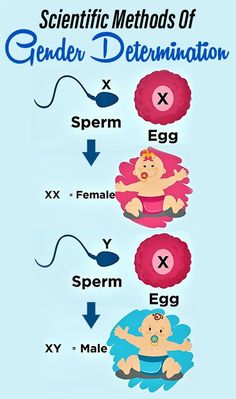Confirming Pregnancy and Establishing Gestational Age
Confirming Pregnancy and Establishing Gestational Age
Confirming Pregnancy
Clinical Signs and Symptoms:
- Amenorrhea: Absence of menstruation.
- Morning Sickness: Nausea and vomiting, typically in the first trimester.
- Breast Changes: Tenderness, enlargement, and darkening of the areola.
- Increased Urination: Due to hormonal changes and increased blood flow to the kidneys.
- Fatigue: Common in early pregnancy due to hormonal changes.
Home Pregnancy Tests:
- Urine Test: Detects human chorionic gonadotropin (hCG) hormone. Best taken after a missed period for accuracy.
Clinical Pregnancy Tests:
- Urine hCG Test: Similar to home tests but performed in a clinical setting.
- Blood hCG Test: More sensitive than urine tests and can detect pregnancy earlier. There are two types:
- Qualitative hCG Test: Confirms the presence of hCG.
- Quantitative hCG Test: Measures the exact amount of hCG to help determine the gestational age.
Ultrasound Examination:
- Transvaginal Ultrasound: Can confirm pregnancy as early as 4-6 weeks gestation.
- Transabdominal Ultrasound: Typically used after 6 weeks gestation.
Establishing Gestational Age
Last Menstrual Period (LMP):
- Naegele’s Rule: Calculates the estimated due date (EDD) by adding 7 days to the first day of the LMP and then adding 9 months.
- Example: LMP on January 1 + 7 days = January 8, + 9 months = October 8 (EDD).
Ultrasound Dating:
- First Trimester (0-13 weeks):
- Crown-Rump Length (CRL): Most accurate method in early pregnancy, with a margin of error of ±5-7 days.
- Second Trimester (14-26 weeks):
- Biparietal Diameter (BPD): Measurement of the fetal head.
- Femur Length (FL): Measurement of the fetal thigh bone.
- Head Circumference (HC) and Abdominal Circumference (AC): Used to assess fetal growth and development.
- Third Trimester (27-40 weeks):
- Measurements are less accurate for dating but are used to assess fetal growth and wellbeing.
- First Trimester (0-13 weeks):
Physical Examination:
- Uterine Size: Palpation of the uterus through the abdomen to estimate gestational age.
- 8-10 weeks: Uterus size similar to a small orange.
- 12 weeks: Uterus palpable above the symphysis pubis.
- 20 weeks: Uterus reaches the level of the umbilicus.
- 36 weeks: Uterus reaches the costal margin.
- Uterine Size: Palpation of the uterus through the abdomen to estimate gestational age.
Fundal Height Measurement:
- From 20 weeks onward: The distance from the pubic bone to the top of the uterus (fundus) in centimeters roughly correlates with gestational age in weeks.
- Example: A fundal height of 24 cm suggests approximately 24 weeks gestation.
Fetal Heart Tones:
- Doppler Ultrasound: Detects fetal heart tones around 10-12 weeks gestation.
- Fetoscope: Detects fetal heart tones around 18-20 weeks gestation.
Summary
- Confirming pregnancy involves clinical signs, home and clinical pregnancy tests, and ultrasound.
- Establishing gestational age can be done using the LMP, ultrasound measurements, physical examination, fundal height, and detection of fetal heart tones. Accurate dating is crucial for monitoring fetal development and planning prenatal care.







Comments
Post a Comment